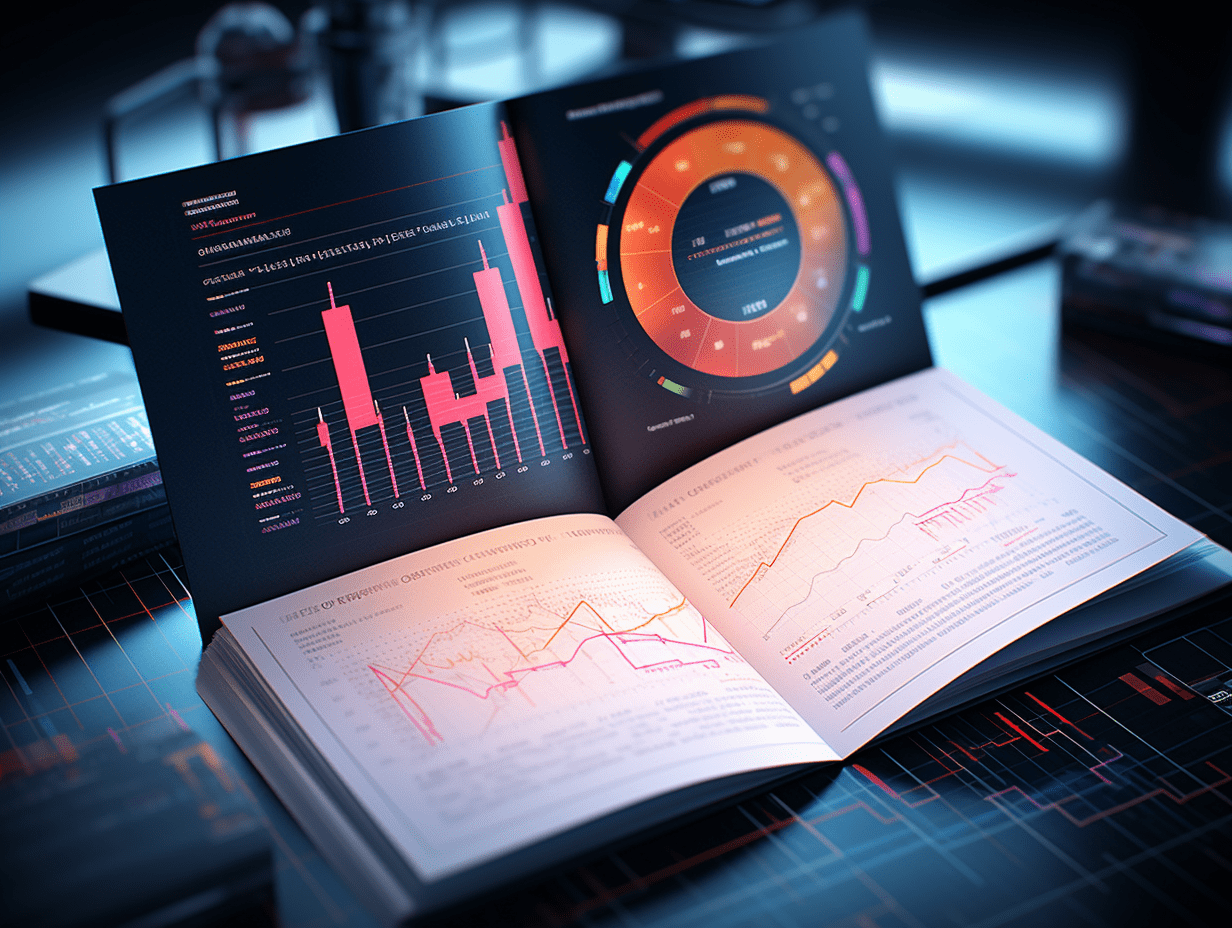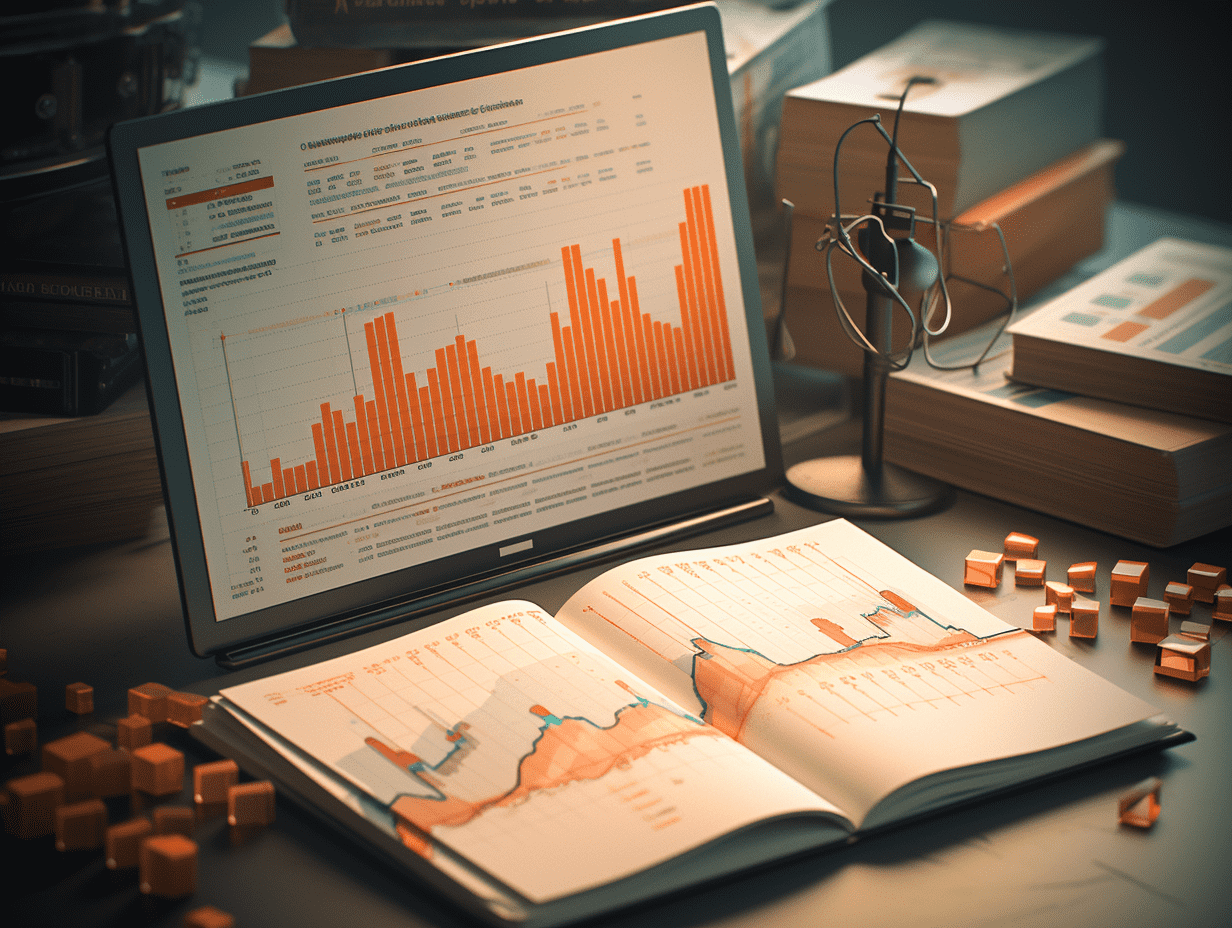The reasons behind the listing of Hengrong International (US.TOPW) in the United States: After 11 trading days, the cumulative decline exceeded 46%, is the luxury watch no longer popular?
Hengrong International is currently facing multiple pressures such as performance fluctuations, customer concentration, and industry weakness, but its IPO fundraising plan provides financial support for strategic transformation.
Hong Kong luxury watch wholesaler Hengrong International (US.TOPW) has exposed an industry "cold trend" behind the hot US listing.
That is, the glory days of luxury watches are over. According to GMTEight APP, the luxury watch market started to plummet in the second half of 2022. Data from the global second-hand watch trading platform WatchCharts shows that the index used to evaluate the trading prices of Rolex watches in the second-hand market reached a high of $30,199 on March 14, 2022, but as of December 5, 2024, the price index has fallen to $20,853, a drop of more than 30% from the previous high, at its lowest level since 2021.
Faced with the soft market conditions mentioned above, Hengrong International also braved the pressure of declining performance to go public, only to be met with the first "cold water" from the market.
It is reported that Hengrong International, based in Hong Kong, is a wholesaler engaged in the trade, distribution, and retail of international luxury watch brands, directly or indirectly purchasing luxury goods from authorized dealers, distributors, and brand owners in Europe, Japan, Singapore, and other regions, and selling them to customers. The company currently offers a selection of more than 30 internationally renowned watch brands, including Blancpain, Breguet, Cartier, Chopard, Herms, IWC, Jaeger-LeCoultre, Rolex, Omega, and Longines, targeting middle to high-income customers.
On April 2, Hengrong International completed its listing on the Nasdaq, with an issue price of $4, raising $10 million in IPO funds, while existing shareholders planned to sell an additional 1.3 million shares (greenshoe), with an issue market capitalization of $99 million, with the stock price rising by over 115% on the first day of trading, triggering a circuit breaker and halting trading, but ultimately did not hold on to the "fruits of victory", with the stock price falling by 4.25% to $3.83. As of the close of trading on April 16, the stock price was $2.63, down by more than 46.87% in 11 trading days.
The continued soft market and performance pressure are evident
Luxury watches like Rolex have long been associated with success and taste in social circles, making them easily labeled as "dream watches" in a seller's market, but have gradually become less popular in both primary and secondary markets due to factors such as slowing economic growth and a return to rational consumption.
In January of this year, Rolex's annual price hike "as expected" arrived, with the popular Submariner green steel model (known as the "Hulk") seeing a price increase of about 1%, but still failing to boost market enthusiasm. At the same time, unlike official price adjustments, prices in the second-hand market continued to decline. Luxury watch industry commentator and investor Danny Younis said the luxury watch secondary market is undoubtedly a "buyer's market" today, with prices of Rolex watches in the second-hand market expected to further decline.
This soft market sentiment is directly reflected in the data according to data from the Federation of the Swiss Watch Industry, the Swiss watch market continued to cool in February 2025, with exports down 8.2% and export volume down 7.7% to 1.98 billion Swiss francs. Although January's exports showed a slight improvement, the poor performance in February led to a 2.4% decline in the first two months of 2025.
Of course, soft market conditions will also affect watch wholesalers.
According to the prospectus, in 2022 and 2023, Hengrong International's performance showed growth, with revenue of $14.225 million and $18.8144 million, an increase of 32.26% year-on-year; net profit was $71,500 and $198,100, an increase of 177.06%.
However, by the first half of 2024, the company's performance had significantly declined due to the soft market conditions. During the period, revenue was $7.9254 million, down by 31.2% year-on-year. It is worth noting that while revenue declined, the company also experienced losses in the first half of 2024, with a net loss of $218,600. It is reported that Hengrong International's revenue fluctuations are related to sales volume. For example, the main reason for the revenue decline in the first half of 2024 was a sharp drop in sales of 41%, which was partly offset by an 18% increase in average selling price.
In addition, the company's fundamental pressure is also reflected in its dependence on key customers.
In the first half of 2024, a single customer accounted for 100% of Hengrong International's accounts receivable. If the customer delays payment, the company's cash flow, liquidity, and financial condition could be significantly adversely affected. This highly dependent structure on a few customers is particularly vulnerable in a downturn in the industry. By mid-2014, the company's two largest customers accounted for a combined 39% of revenue, indicating a certain level of risk in relying on a few customers for development.
As can be seen, Hengrong International's initial listing on the secondary market suffered a "cold reception", which is not only related to the soft market conditions, but also to its own fundamental pressure.
Polarization + Regional restructuring, how to break the deadlock?
From a deeper perspective, the current soft luxury watch market is mainly characterized by polarization + regional restructuring, which poses both challenges and opportunities for Hengrong International.
Specifically, in terms of polarization, on the one hand, top watch brands such as Rolex and Patek Philippe have shown resilience: these head brands, with their scarcity and brand premium, performed well in Swiss watch exports in January 2025, with the U.S. market growing by 16.2%. These brands have defended against economic fluctuations through direct sales channels and limited edition strategies, with Rolex further cementing its market position after acquiring Tudor.
On the other hand, the mid to high-end market continues to be under pressure: watches in the price range of 70,000 to 200,000 RMB face declining sales, primarily due to global economic uncertainty and consumers shifting towards value for money. The watch department of Herms saw an 18% decline in revenue in the third quarter of 2024, reflecting the weakness of the mid-to-high-end market.
In terms of regional restructuring, mainland China and Hong Kong continue to be soft, with Swiss watch exports to mainland China down year-on-year in January 2025.29.1% decline in Mainland China and an 11.7% decline in Hong Kong. Hengrong International's core clients are concentrated in these two markets (the top two clients account for 39% of revenue), directly leading to a sharp drop of 41% in revenue in the first half of 2024.In contrast, Southeast Asia and the United States are gradually becoming new growth poles. The luxury goods consumption in Southeast Asian markets such as Thailand and Indonesia has significantly increased due to the rise of the middle class and tax policies (Thailand's watch market size reached 23 billion baht). With economic recovery, the U.S. market saw a 16.2% increase in Swiss watch exports in January 2025. However, Heng Rong has not made any moves in this market, indicating that the company has not yet capitalized on the growth potential of this "new market".
Furthermore, the second-hand market is gradually recovering but prices are still under pressure. Although the volume of transactions for second-hand watches increased in 2025, the prices are still lower than the peak in 2022 (the Rolex second-hand price index fell by 30%).
In such a complex and differentiated market environment, how can Heng Rong International break through, reverse its weak performance and stock price?
The differentiation and regional restructuring of the luxury watch industry pose a dual challenge for Heng Rong International: in the short term, it needs to maintain its base in a weak market, and in the long term, it needs to build a second growth curve through expansion in Southeast Asia and product innovation. The performance improvement depends on the efficiency of customer diversification, expansion of the second-hand market, and optimization of the supply chain, while the pace of industry recovery and the release of policy dividends will be key external variables. The focus should be on the efficiency of IPO fundraising and the localization progress in the Southeast Asian market.
Looking at the prospectus, Heng Rong International seems to be planning to enrich its product portfolio, expand its market share in the second-hand luxury watch market, and strengthen its retail customer base to enhance its business resilience.
Specifically, the company plans to use the net proceeds from this issuance as follows - about 45% for enhancing brand awareness and implementing strategic marketing initiatives; about 25% for strengthening the sales team and expanding into new geographical markets, including the Southeast Asian market; about 15% for establishing a stronger procurement network and acquiring a diverse range of watch products.
In summary, Heng Rong International is currently facing multiple pressures such as performance fluctuations, customer concentration, and industry weakness, but its IPO fundraising plan provides financial support for strategic transformation. By optimizing customer structure, expanding into second-hand and emerging markets, promoting technology integration and brand upgrades, the company is expected to build long-term competitiveness in the industry downturn.
RECOMMEND

Federal Reserve's Harker: Fed may cut interest rates in June if economic data is clear
24/04/2025

The big stick of tariffs cannot suppress the wave of AI-driven technology replacement. Is Apple Inc. entering a climax of stock price rebound with the "fruit chain"?
24/04/2025

Pan Gongsheng: There are no winners in a trade war or tariff war. China will continue to adhere to its policy of opening up to the outside world.
24/04/2025


